Visit the villages perched from Nice, Cannes, Marseille or Aix en Provence
One of the most attractive attractions of the Côte d’Azur, also known as “French Riviera”, on the Mediterranean coast of the south-east of the France , are his charming villages perched . Hidden like hats above green hills, these villages combine the look of the medieval architecture with breathtaking views on the Azurean coast and the mountains.
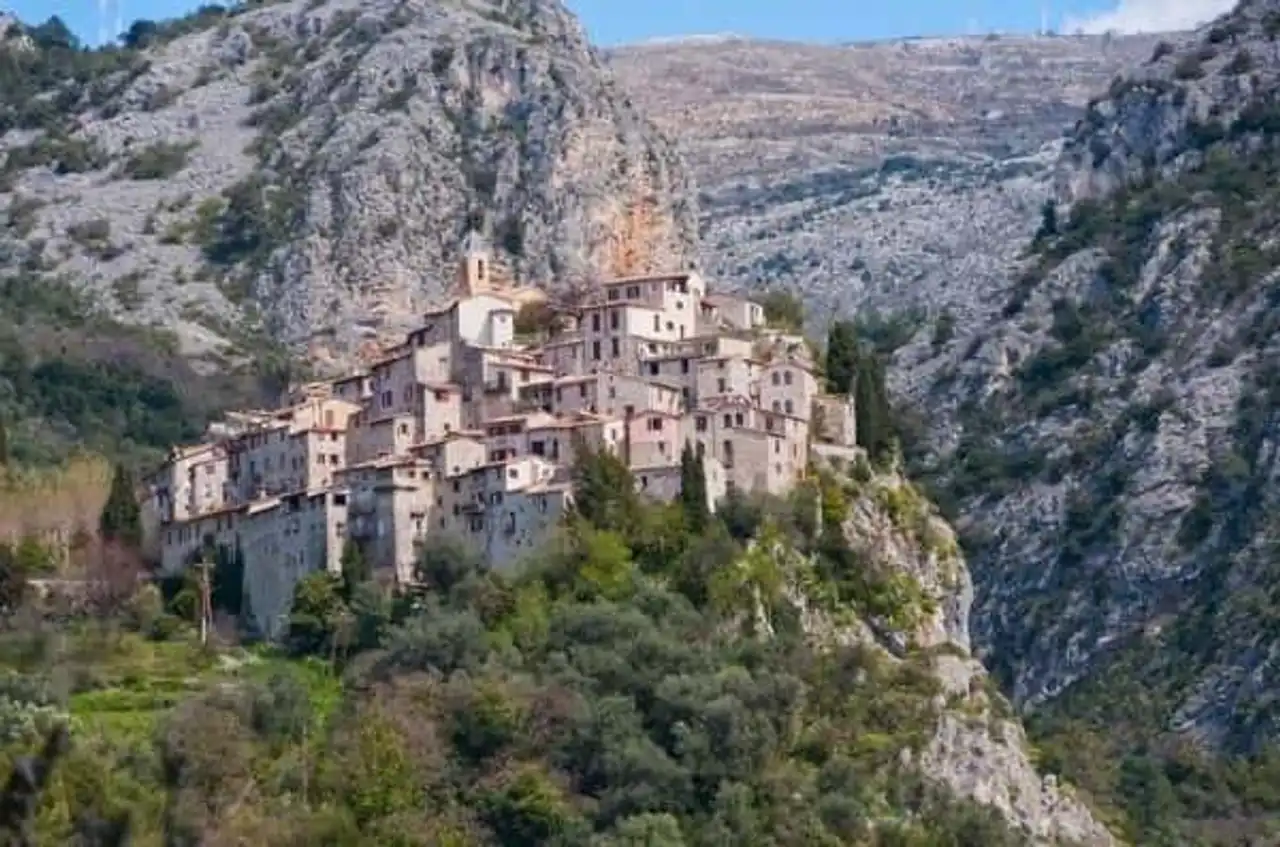
Peillon Village – Flickr – Mark Fischer
Most of the villages appeared during the 12th and 13th centuries, when the peasants living in the coastal cities fled inside the land on the heights where they could protect themselves against the pirates and armies of looters. After a post-war period where they were neglected, villages perched have enjoyed a second life when the inhabitants have renovated houses in ruins in order to make their secondary residence. Artists and craftsmen have built here and created shops and galleries to expose their work. Now, most of these villages have a prosperous business life attracting tourists, retirees and seasonal residents. Many villages still have medieval walls encircling them and their tortuous and paved streets are pleasant to walk there.
There's more. 120 villages perched disseminated throughout the region Provence-Alpes Côte d’Azur. They each have a singular charm to discover through their small streets or workshops of craftsmen.
Peillon
Peillon is a fortified village very picturesque, located 20 km north of Nice. The village is perched at the top of a high and narrow rocky piton, with a multitude of stone houses all very compact, as blotties against each other. There are narrow streets, arched passages, and some very steep stairways. The places have been inhabited since the Iron Age and the first fortified city was built on the site towards the end of the 10th century. Most current buildings date from the 19th century, but some date from the 17th century.
Unlike many other medieval cities in the region, Peillon is an authentic city which is not aimed at tourism. There are no souvenir shops or other tourist facilities. The only amenities are a restaurant inside the city and two others in hostels just outside the city.
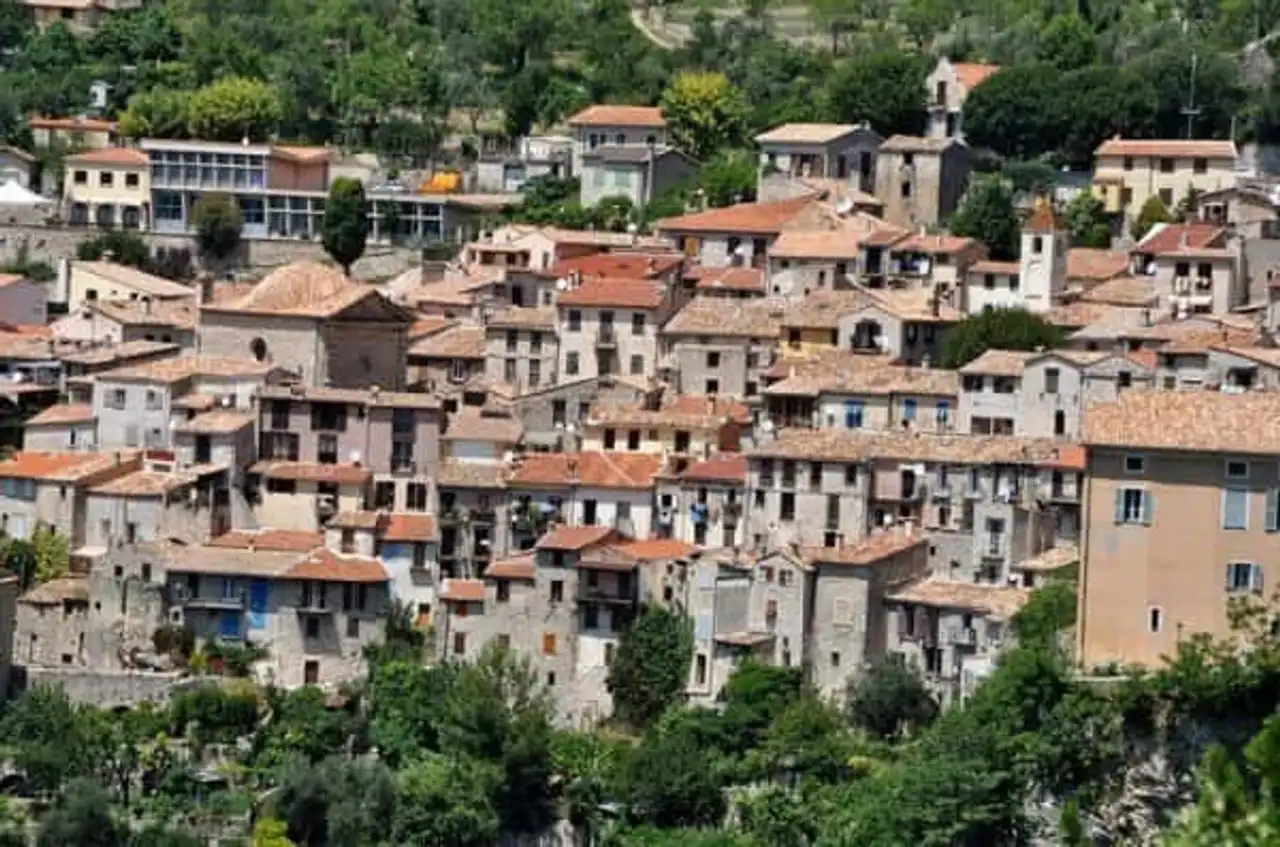
Flickr – iSivand
Eze
The village of Eze is located between Nice and Monaco, at an altitude of 427 m. The medieval ramparts that once surrounded the village have disappeared for a long time, but the streets paved with stones in the old town are still steeply winding upwards offering from time to time a glimpse on the sea below. At the top of the fortified village is a Exotic Garden which offers a diving view on the coast. The curious name of "Eze", derives from that of the Egyptian goddess, Isis . The Phoenicians who once occupied this place, dedicated him a temple .
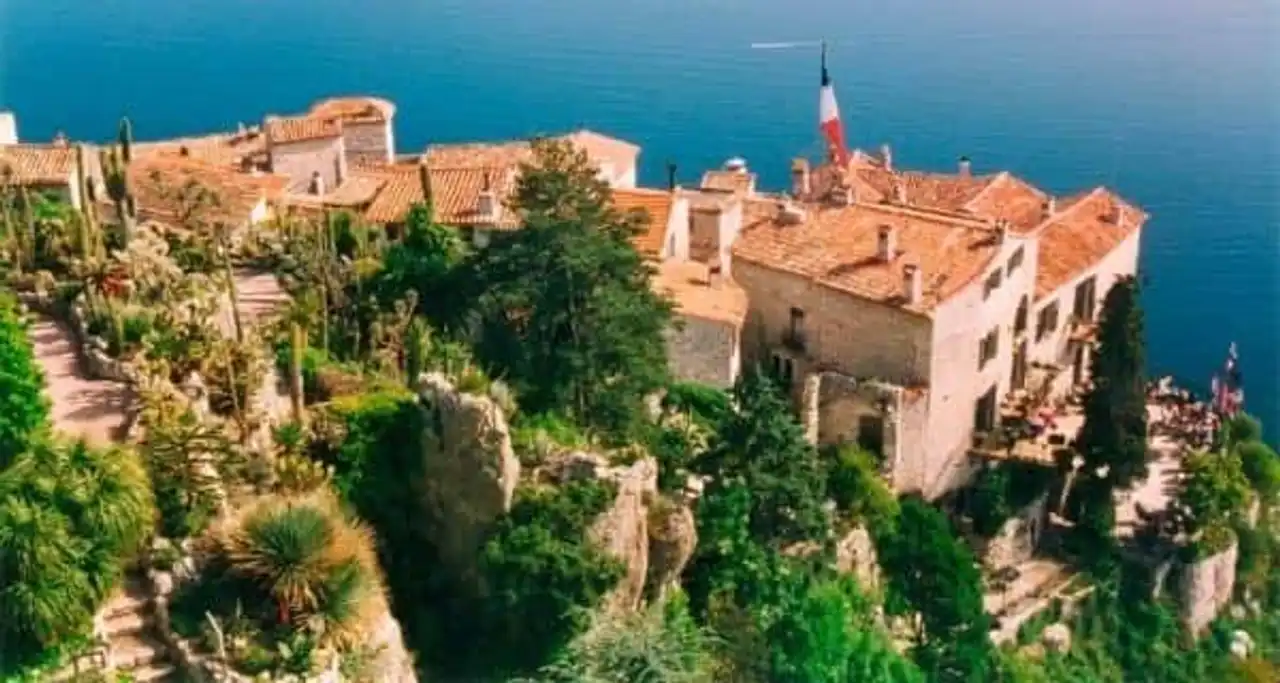
Flickr – calips96
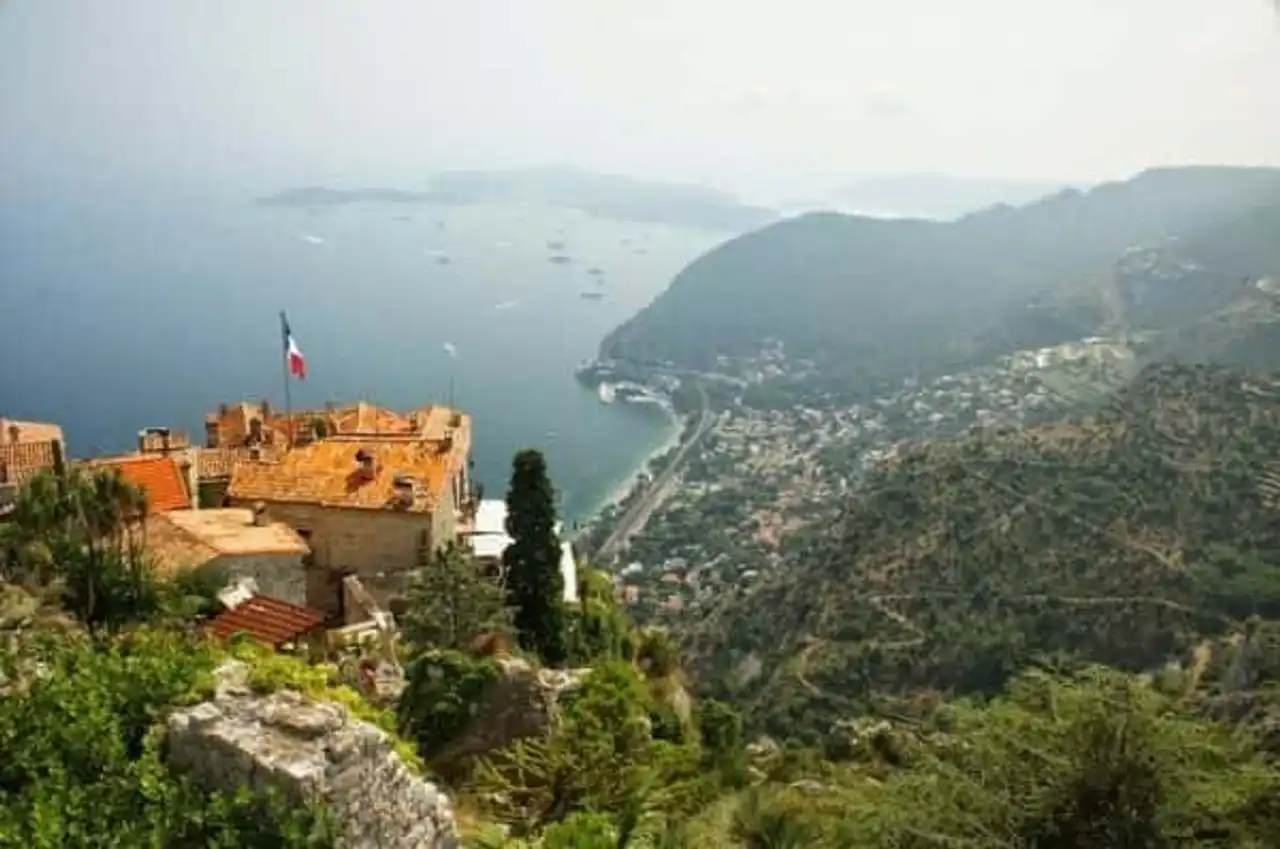
Flickr – Huang Chao
Saorge
Saorge is located in a very nice place on the wooded side of a mountain. In ancient times, fortress of Saorge was defended by three castles, and was reputable. Solid and high stone houses date from 15th to 17th centuries and border the narrow and steep paved streets that climb through the village. The village also has a range of churches, including a Gothic church of the 11th century, and a monastery dating from the 17th century still active.
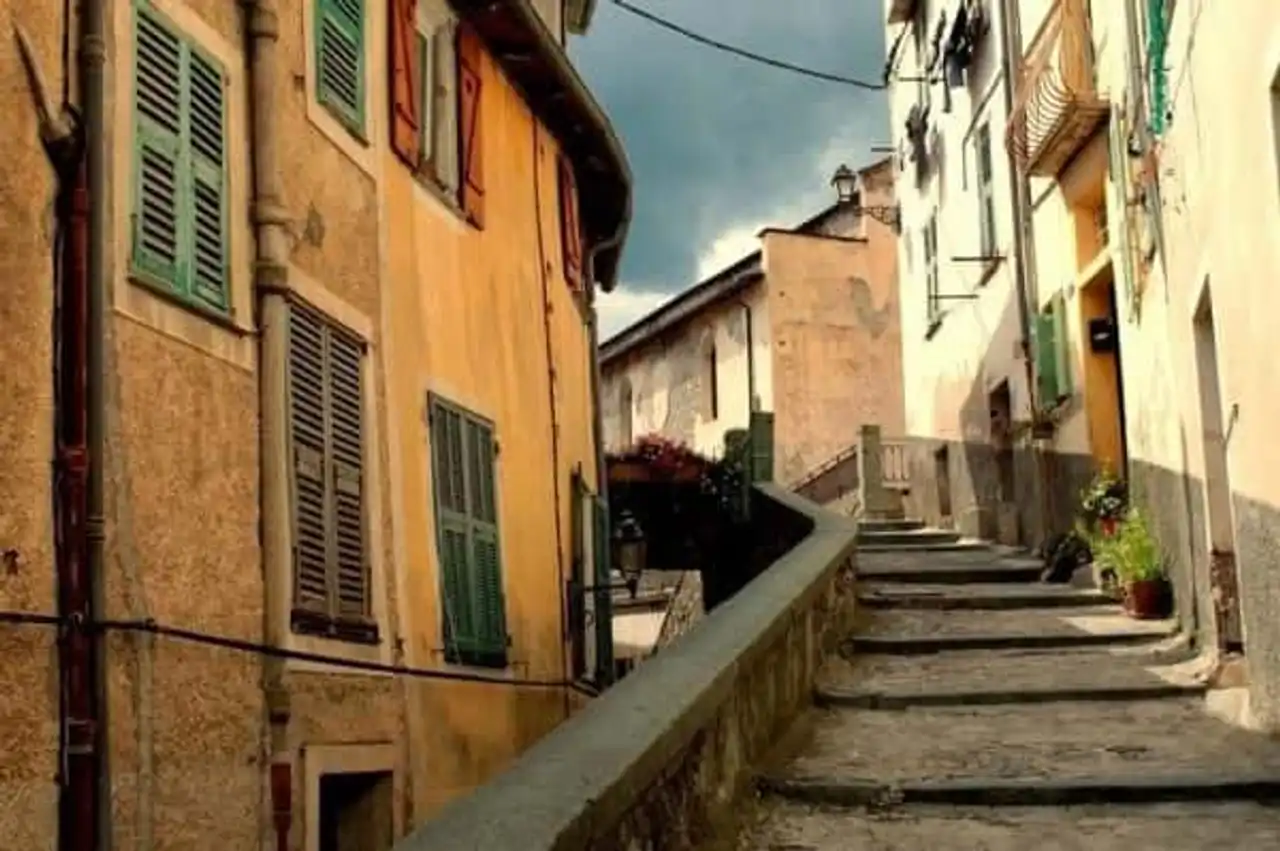
Flickr – Jeroen Mul
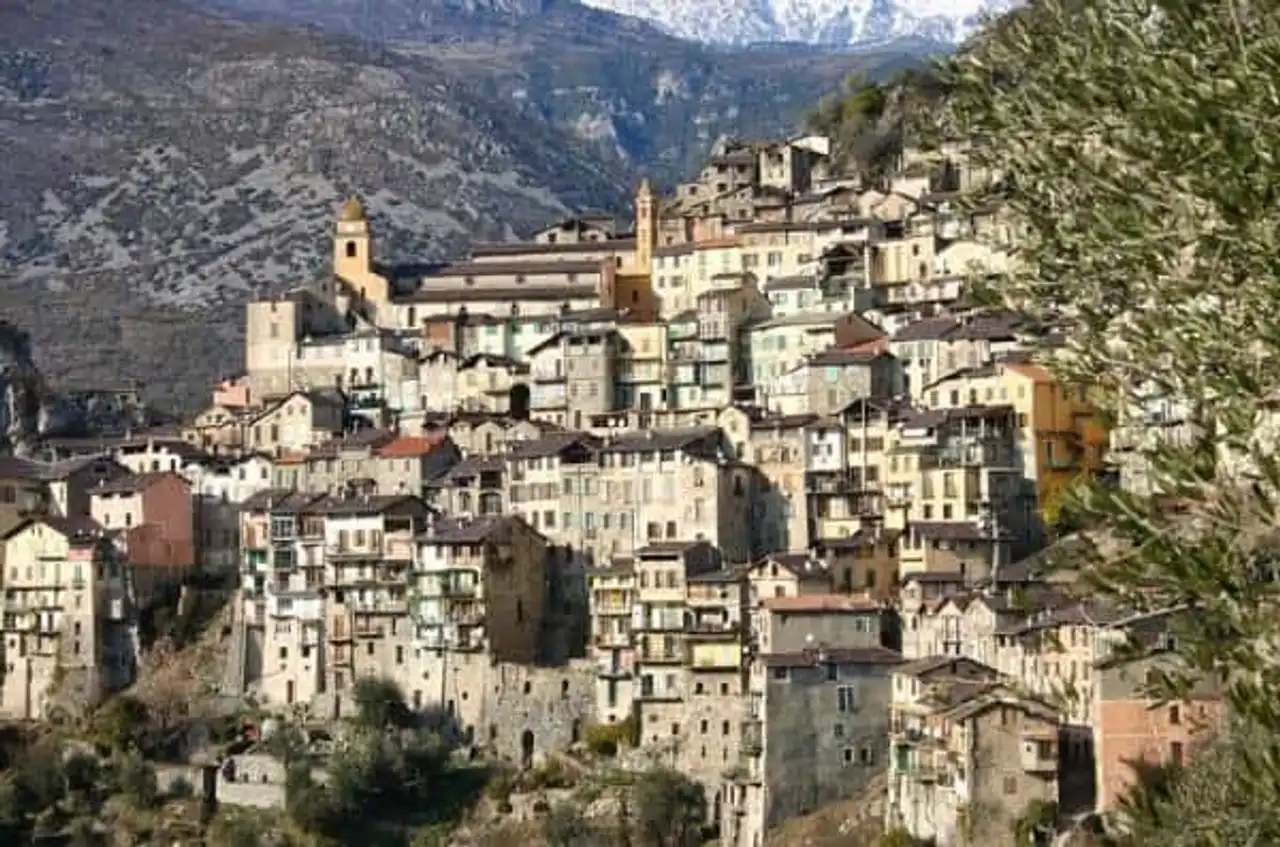
Flickr – tonino62
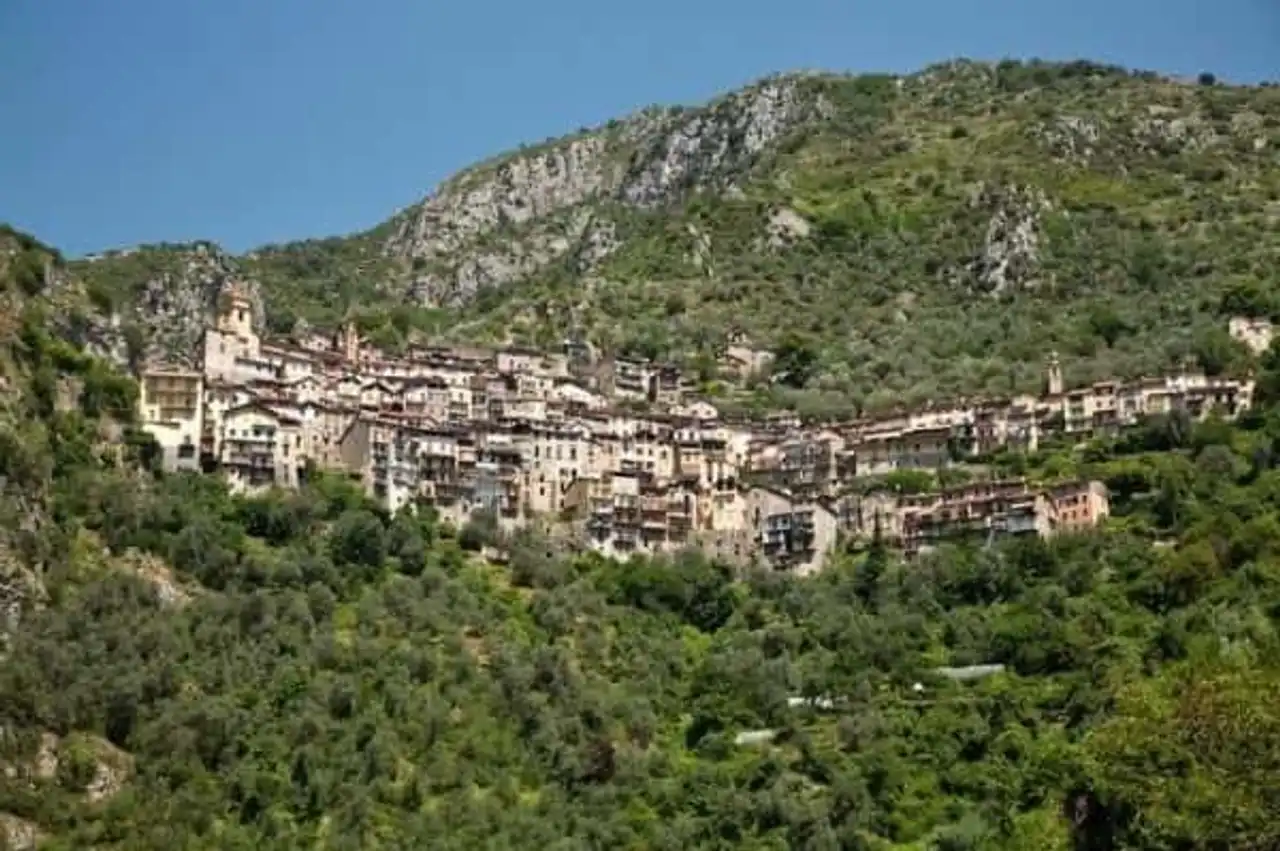
Flickr – Tobrouk
Gourdon
Perched at the end of a ridge overlooking the Loup valley, Gourdon has an exceptional view over more than 80 kilometers of coastline between Theoule-sur-Mer and Nice. Built in the 12th century and restored in the 17th, the imposing castle was built to repel the Saracens before becoming a residence for Raimond Bérenger, Count of Provence.
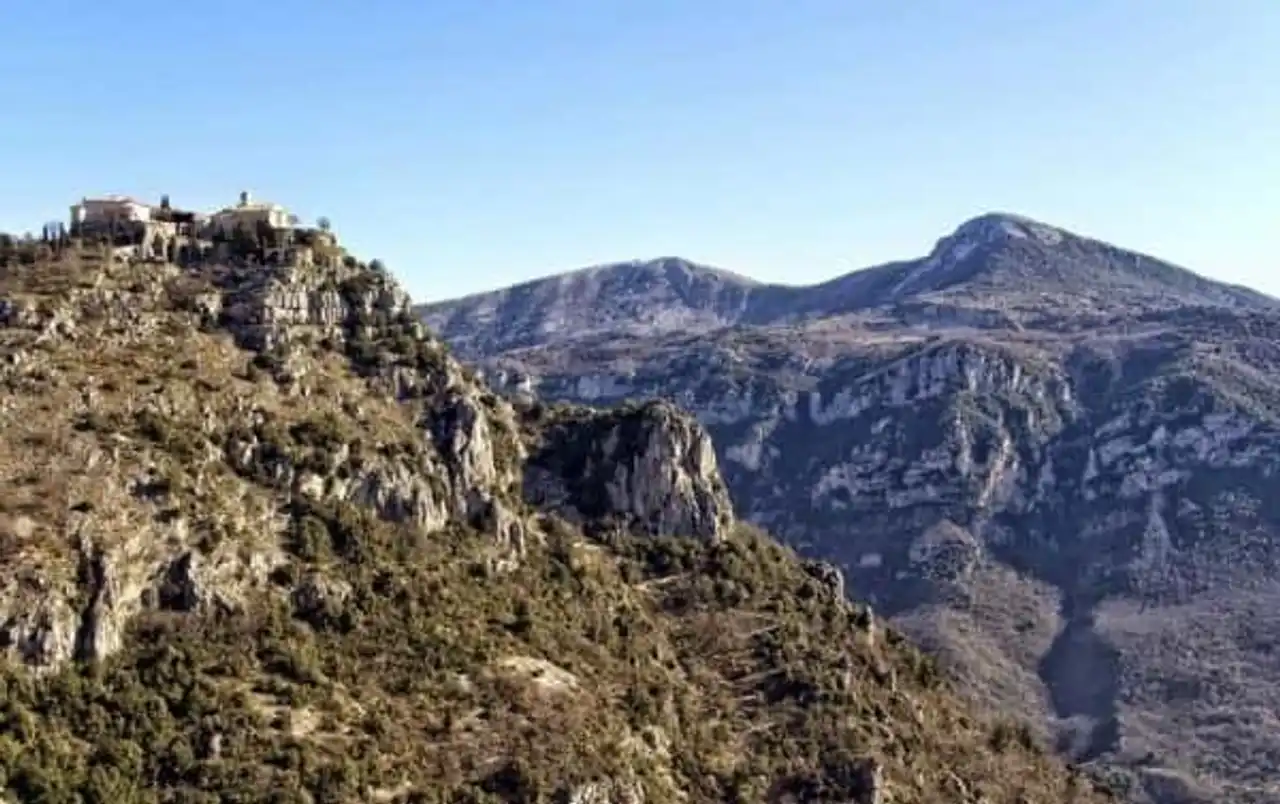
Flickr – ludovick
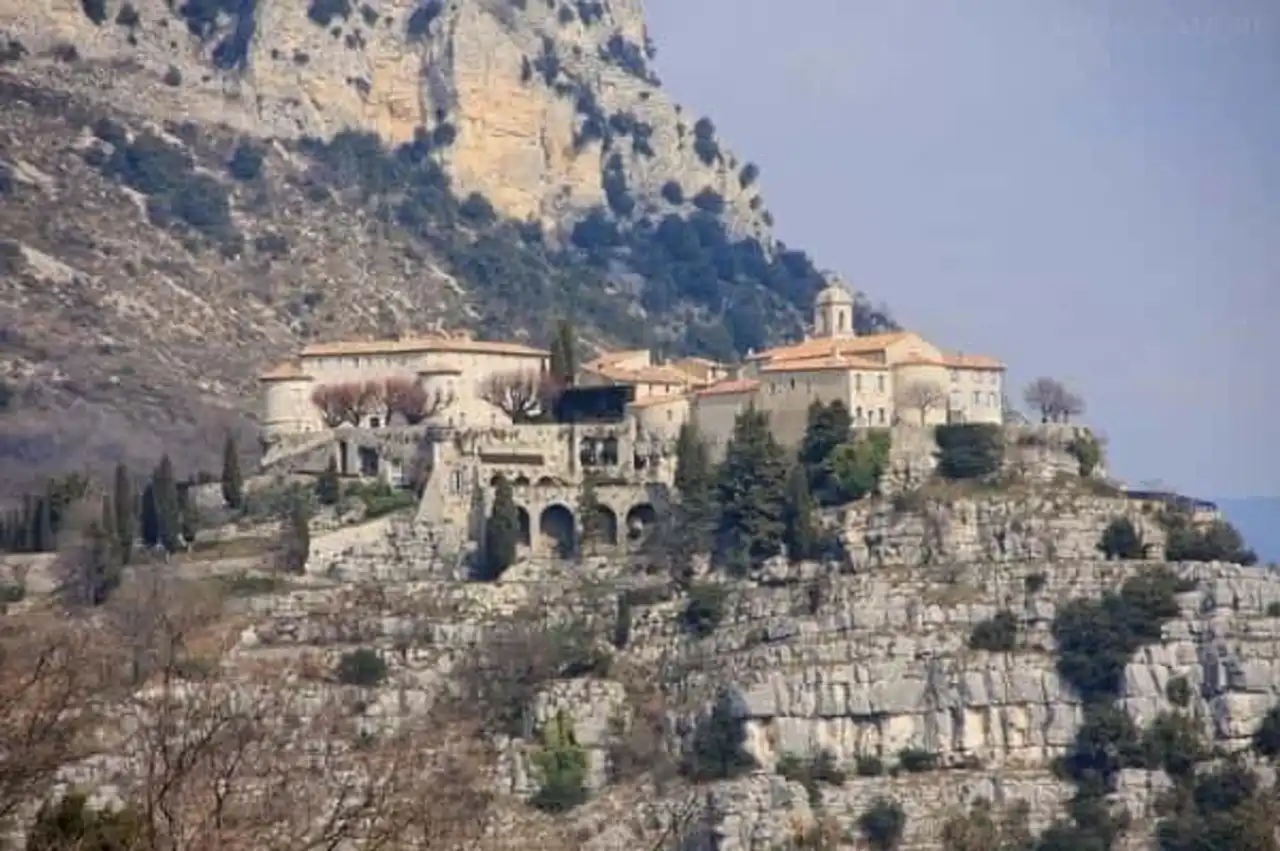
Flickr – Claire André
Tourrettes-sur-Loup
Tourrettes-sur-Loup is a charming medieval village, 14 km from the coast, between Nice and Cannes, and perched on a rocky sparrow surrounded by beautiful landscapes where Barbarie fig trees grow naturally. The village owes its name to three laps which punctuate the maze of the small paved streets. Although its beautiful defensive situation encouraged the construction of houses from the Neandertal period, most buildings date from the 15th century. The village is known as the "city of violets" because this pretty violet flower has been growing here for a century, and the culture of violet is still one of the main activities of the village. From October to March, the violets are cultivated, whose season ends wonderfully well with the violet party early March. There's even a violet museum.
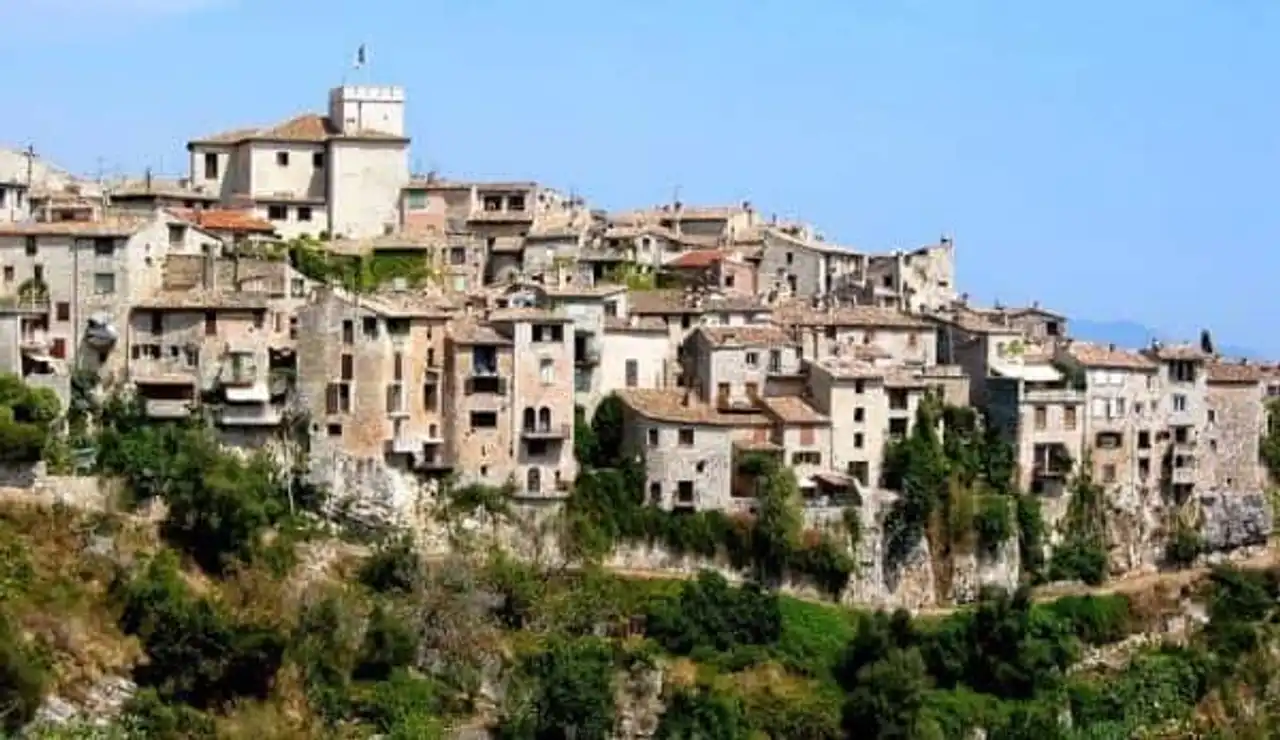
Flickr – Pierre Metivier
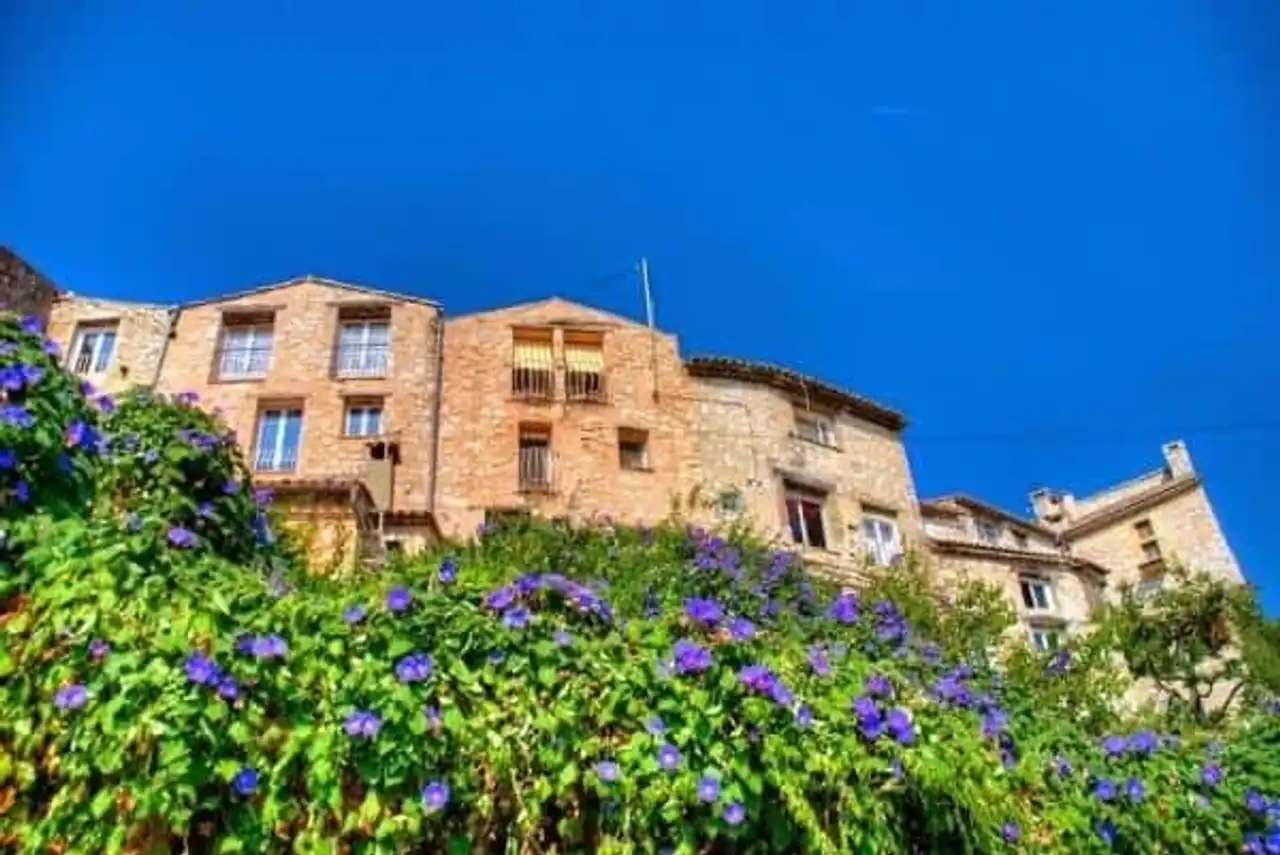
Flickr – tmorkemo
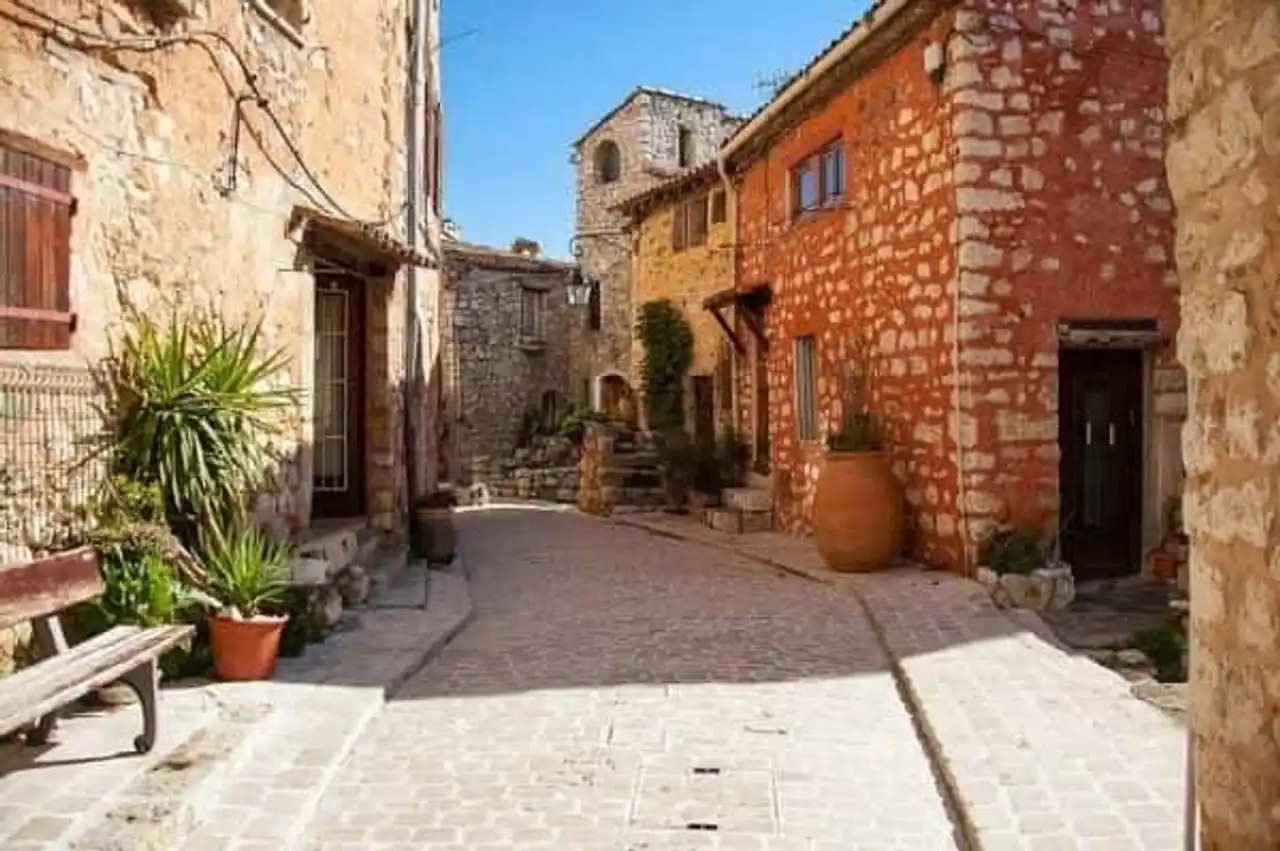
Flickr – PaoloSerena
Sainte-Agnès
Sainte-Agnès is a charming, but tourist little village perched on the side of a mountain, above the Mediterranean. The only thing that saves Sainte-Agnès from massive tourism is that it is not easy to access. Only 4 km from the bird-flying coast, it takes about 12 km of windy and narrow roads by car. The village of Sainte-Agnès has narrow paved streets and many arched passages. Many houses in the village date from the 15th to the 18th century.
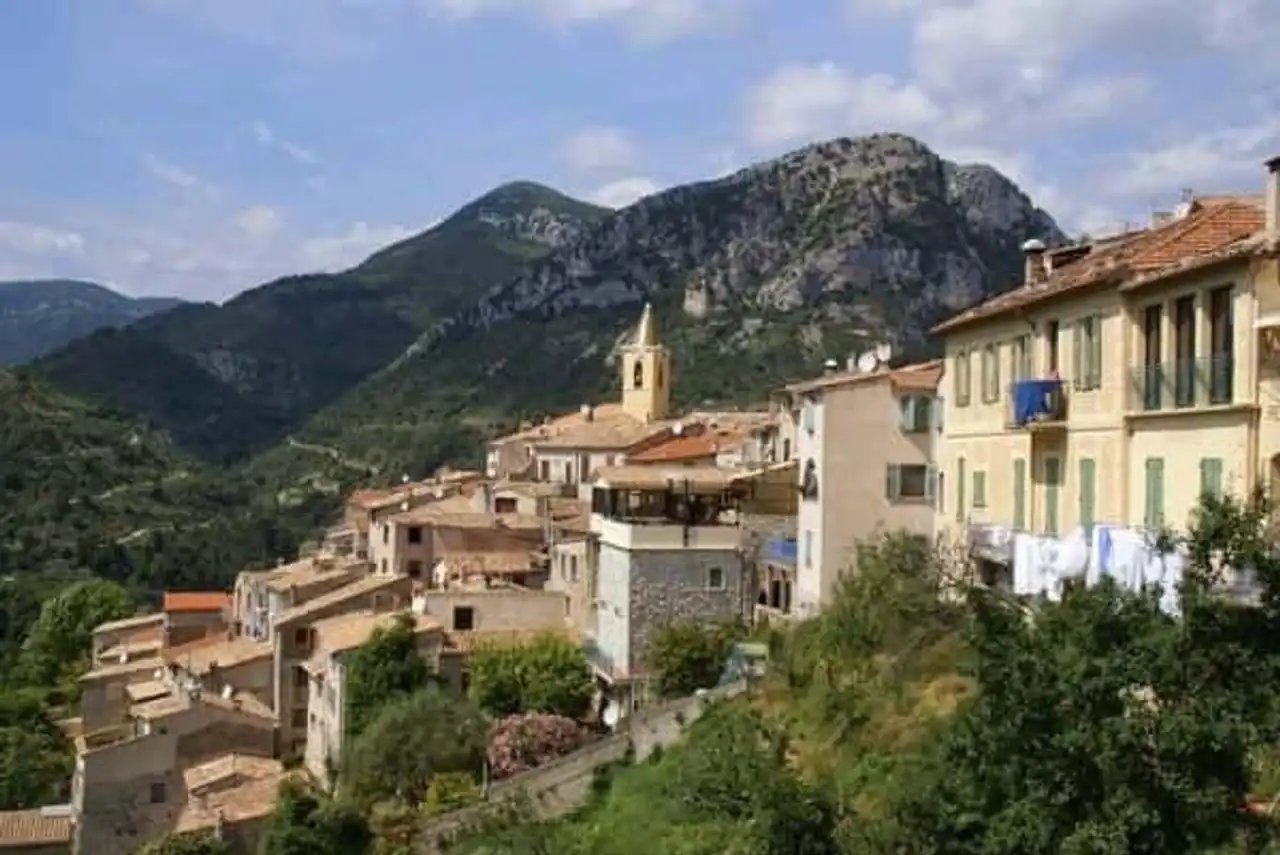
Flickr – peteshep
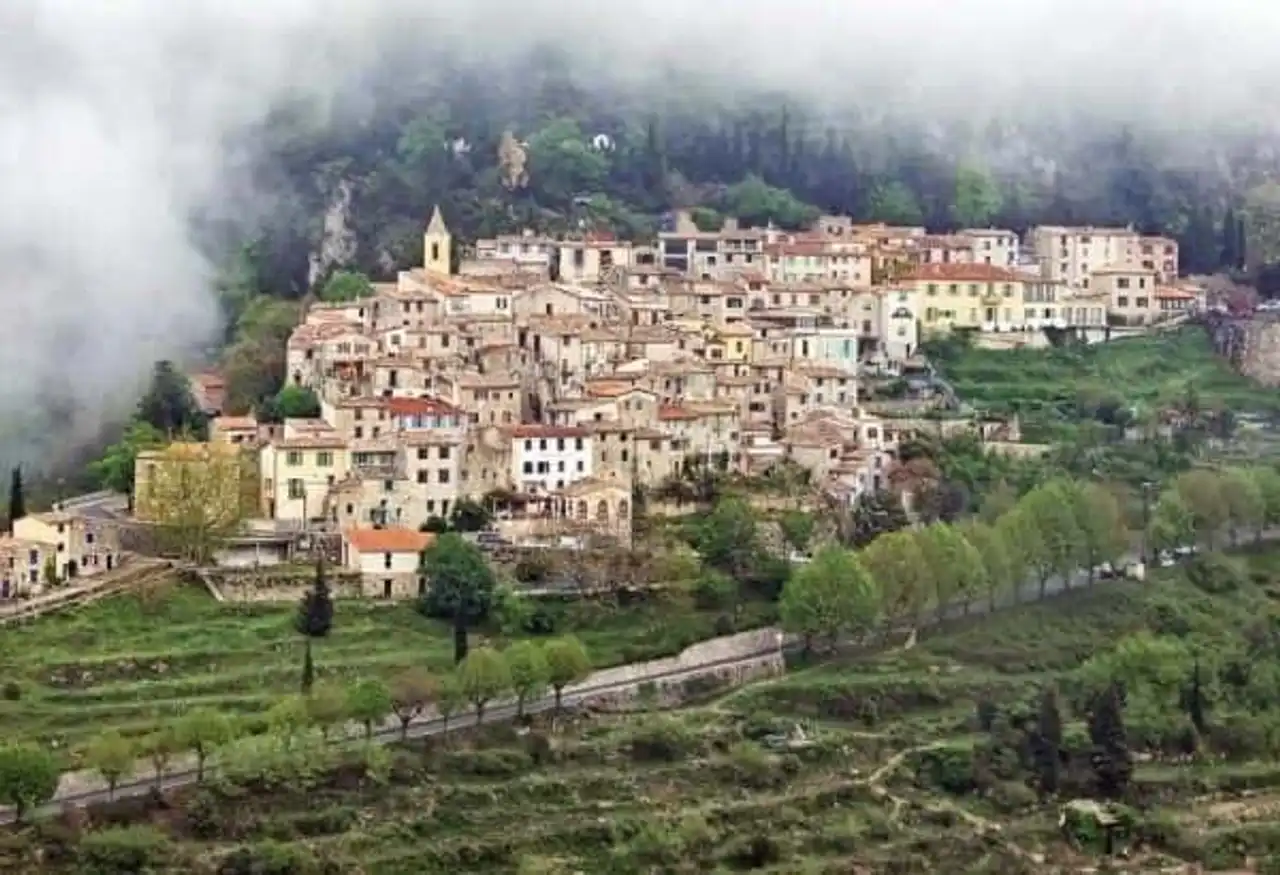
Flickr – Ian Britton







Loading comments ...